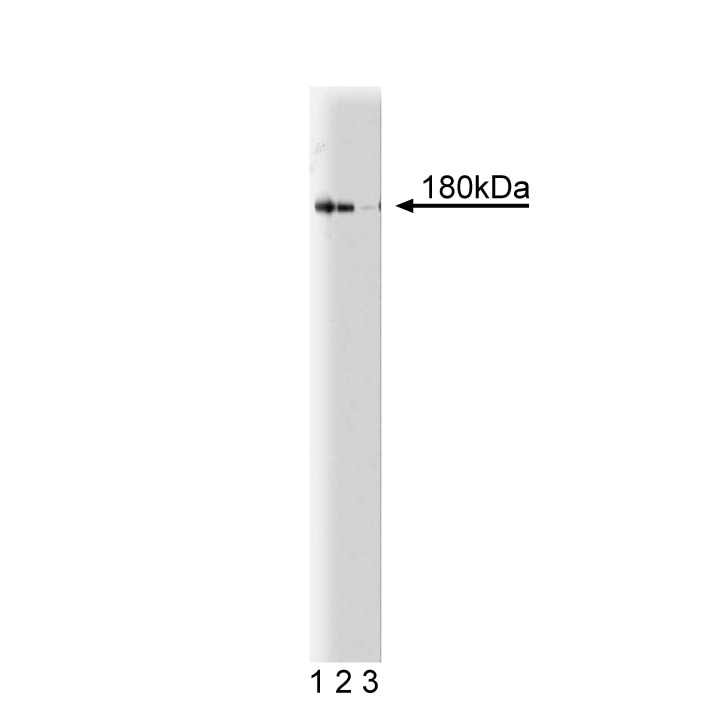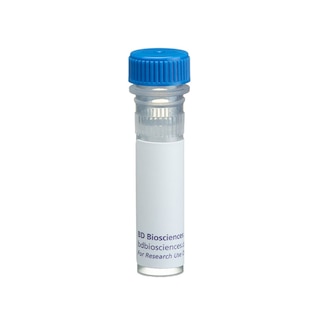-
Reagents
- Flow Cytometry Reagents
-
Western Blotting and Molecular Reagents
- Immunoassay Reagents
-
Single-Cell Multiomics Reagents
- BD® OMICS-Guard Sample Preservation Buffer
- BD® AbSeq Assay
- BD® Single-Cell Multiplexing Kit
- BD Rhapsody™ ATAC-Seq Assays
- BD Rhapsody™ Whole Transcriptome Analysis (WTA) Amplification Kit
- BD Rhapsody™ TCR/BCR Next Multiomic Assays
- BD Rhapsody™ Targeted mRNA Kits
- BD Rhapsody™ Accessory Kits
- BD® OMICS-One Protein Panels
-
Functional Assays
-
Microscopy and Imaging Reagents
-
Cell Preparation and Separation Reagents
-
- BD® OMICS-Guard Sample Preservation Buffer
- BD® AbSeq Assay
- BD® Single-Cell Multiplexing Kit
- BD Rhapsody™ ATAC-Seq Assays
- BD Rhapsody™ Whole Transcriptome Analysis (WTA) Amplification Kit
- BD Rhapsody™ TCR/BCR Next Multiomic Assays
- BD Rhapsody™ Targeted mRNA Kits
- BD Rhapsody™ Accessory Kits
- BD® OMICS-One Protein Panels
- Denmark (English)
-
Change country/language
Old Browser
This page has been recently translated and is available in French now.
Looks like you're visiting us from United States.
Would you like to stay on the current country site or be switched to your country?
BD Transduction Laboratories™ Purified Mouse Anti-NMDAR2A
Clone 5/NMDAR2A (RUO)



Western blot analysis of NMDAR2A on a mouse cerebrum lysate. Lane 1: 1:500, lane 2: 1:1000, lane 3: 1:2000 dilution of the anti- NMDAR2A antibody.


BD Transduction Laboratories™ Purified Mouse Anti-NMDAR2A

Regulatory Status Legend
Any use of products other than the permitted use without the express written authorization of Becton, Dickinson and Company is strictly prohibited.
Preparation And Storage
Product Notices
- Since applications vary, each investigator should titrate the reagent to obtain optimal results.
- Please refer to www.bdbiosciences.com/us/s/resources for technical protocols.
- Caution: Sodium azide yields highly toxic hydrazoic acid under acidic conditions. Dilute azide compounds in running water before discarding to avoid accumulation of potentially explosive deposits in plumbing.
- Source of all serum proteins is from USDA inspected abattoirs located in the United States.
The majority of synapses in the central nervous system utilize glutamate as a neurotransmitter to produce rapid neuronal excitation. Glutamate has a diverse array of receptors that can be categorized into two groups, ionotropic and metabotropic. The ionotropic receptors are subdivided into two distinct types: 1) receptors for N-methyl D-aspartate (NMDAR) and 2) non-NMDA receptors for AMPA and kainate. Four types of NMDAR2 have been identified: NMDAR2A (NR2A), NR2B, NR2C, and NR2D. NR2A and NR2B contain a C-terminal extension (> 600 amino acids) that has small, scattered regions of conserved sequence. In embryonic stages, NR2B is expressed throughout the brain, while NR2D is found in diencephalon and brainstem. After birth, NR2A is found throughout the brain, and NR2C is expressed in cerebellum. At this time, NR2B expression becomes restricted to the forebrain, and NR2D expression is strongly reduced. Deletion of the most widespread postnatal NR subunit, NR2A, does not have adverse affects on brain development, but reduces long-term potentiation (LTP) in the hippocampus and impairs spatial and contextual learning. Thus, NR2A may be critical for postnatal learning.
This antibody is routinely tested by western blot analysis. Other applications were tested at BD Biosciences Pharmingen during antibody development only or reported in the literature.
Development References (2)
-
Ishii T, Moriyoshi K, Sugihara H, et al. Molecular characterization of the family of the N-methyl-D-aspartate receptor subunits. J Biol Chem. 1993; 268(4):2836-2843. (Biology). View Reference
-
Morikawa E, Mori H, Kiyama Y, Mishina M, Asano T, Kirino T. Attenuation of focal ischemic brain injury in mice deficient in the epsilon1 (NR2A) subunit of NMDA receptor. J Neurosci. 1998; 18(23):9727-9732. (Biology). View Reference
Please refer to Support Documents for Quality Certificates
Global - Refer to manufacturer's instructions for use and related User Manuals and Technical data sheets before using this products as described
Comparisons, where applicable, are made against older BD Technology, manual methods or are general performance claims. Comparisons are not made against non-BD technologies, unless otherwise noted.
For Research Use Only. Not for use in diagnostic or therapeutic procedures.
